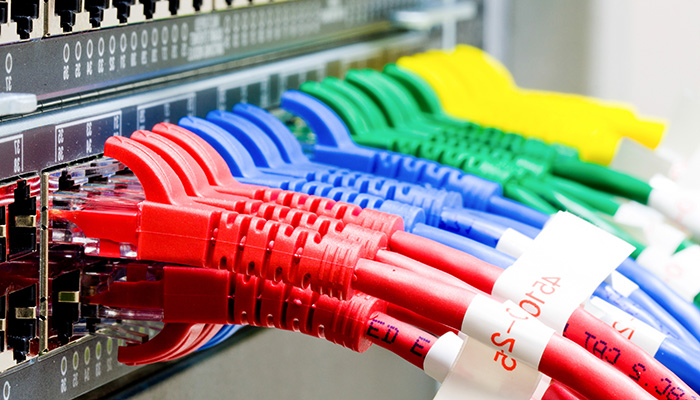We are surrounded by screens all the time, whether we are in a waiting area, at a restaurant, in the gym, or in your home room. In 2019, the screens that come to mind in this situation are most likely those from smartphones or tablets. Television hasn’t disappeared, though.
The majority of us grew up viewing TV ads, and while those under 30 are increasingly consuming content via streaming services, adults over 30 are still heavily using cable. We have to presume that at least some of those same adults also interchangeably refer to things as “local,” “broadcast,” and “cable.”
What Distinctions Exist Between Cable and Broadcast?
There are three types of television channels to choose from when advertising: local, cable, and broadcast. Every one has different advantages and advertising rates. However, how can one determine which kind of TV advertising network is best for their target audience and message?
Broadcast and cable options are nearly identical to the typical client. However, there are some significant distinctions between cable and broadcast in terms of business. Let’s dissect that. (Check back later for local programming.)
Television Broadcasts
In the US, broadcast television is the most widely used type of television. Programs that are theoretically accessible to any TV set within range of a broadcast transmitter are transmitted by broadcast channels via public airways at no expense to the viewer.
As a result, advertising is how the majority of broadcast channels, sometimes known as “commercial channels,” make money. Consider NBC, ABC, The CW, or CBS. Non-commercial networks like PBS are funded by contributions and other sources.
Broadcast channels are regarded as important legacy networks since they consistently draw the largest American viewership. For both legislators and advertisers, their potential for advertising as well as their subjectivity to FCC regulation set them apart from local and cable TV.
Cable TV
Cable networks such as Comedy Central, AMC, and Animal Planet do not use public airways, in contrast to broadcast channels. Rather, they impose subscription fees on viewers in exchange for transmission.
Private companies, cable channels provide all the advantages and disadvantages of demand-driven, private media. The FCC has enacted several cable regulations to ensure fairness to viewers and broadcasters because cable television depends on viewer revenue. However, cable networks, like broadcast channels, present a bountiful advertising landscape.
Cable television, which was created in the 1950s to improve signals to places that broadcast TV didn’t reach as well, is still found in over 70% of homes in the United States.
Regional TV
Local news stations and syndicated shows are examples of local programming. We get local news and weather channels about what’s happening in our neighborhood here in Los Angeles. According to recent studies, local TV continues to draw sizable audiences even as Americans’ viewing preferences alter (especially during election years).
Since the 1960s, local channels have been shielded from financial disadvantage by FCC regulations requiring cable companies to reserve specific allotments for them.



